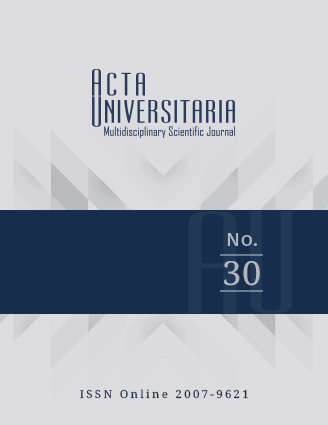Publicado 2020-02-12
Cómo citar
Resumen
Las redes de oleoductos requieren inspección periódica para detectar daños que pueden causar fugas de hidrocarburos en ambientes naturales y en poblaciones humanas. Estos daños pueden ser causados por fenómenos geológicos e interferencia de seres humanos. Para la detección de estos daños son necesarios técnicas de bajo costo que consideren las redes de oleoductos y su entorno natural. Este estudio presenta un análisis aerodinámico de un vehículo aéreo no tripulado (UAV) con perfil aerodinámico Eppler 748 (longitud del ala de 1.635 m). El UAV puede incluir una pequeña cámara infrarroja para monitorear fugas de hidrocarburos en redes de oleoductos usando la radiación infrarroja relacionada con el hidrocarburo derramado. Un modelo de dinámica de fluidos computacional (CFD) de el UAV es desarrollado para predecir sus coeficientes de sustentación y arrastre como una función del número de Reynolds y el ángulo de ataque (AoA). El perfil de velocidad del aire alrededor del UAV es estimado con simulaciones de CFD. Además, un modelo a escala (1:6.5) del UAV es fabricado usando una impresora 3D para realizar pruebas experimentales con un túnel de viento subsónico. Para el UAV con un AoA de 0, los coeficientes de sustentación y arrastre obtenidos con el modelo CFD tienen un comportamiento similar con los medidos a través del túnel de viento subsónico. El UAV diseñado podría utilizarse para inspecciones de bajo costo en redes de oleoductos en comparación con el empleo de helicópteros y aviones ligeros.


